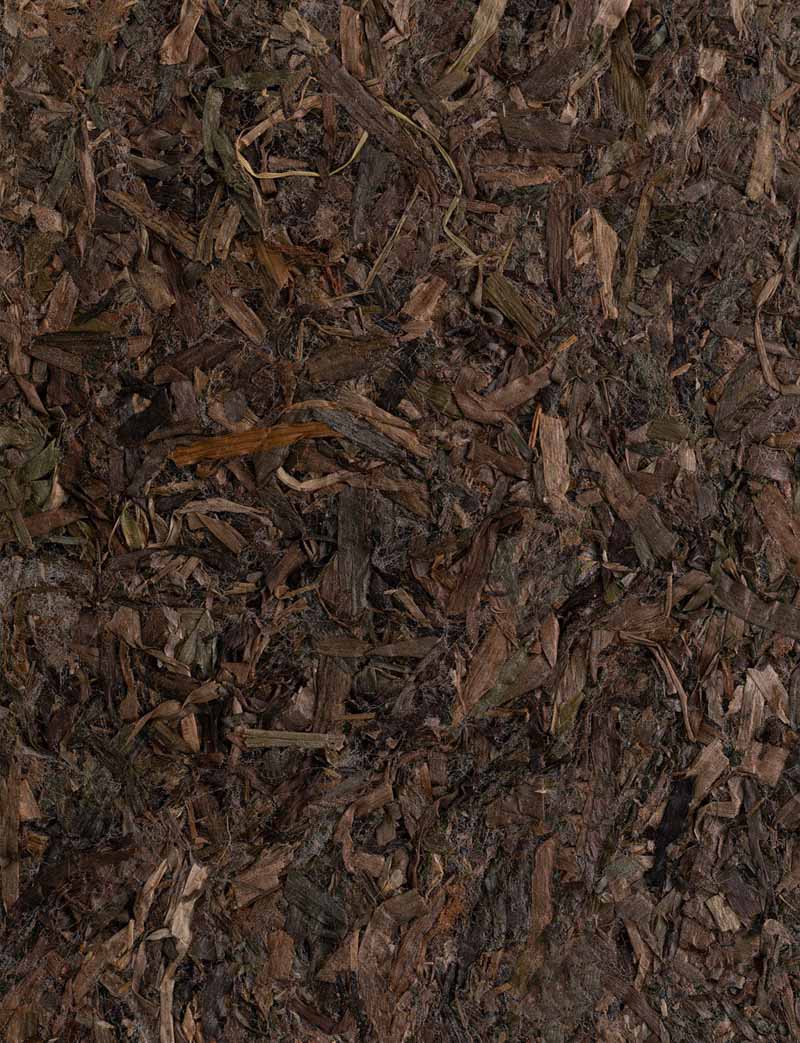澳洲幸运10-澳洲十-168幸运5分彩-开奖结果查询,官网开奖历史号码查询记录,官方直播号码结果
Søuld’s acoustic products are made from eelgrass—a natural, CO₂-binding material—to create pleasant indoor environments that promote human health and well-being. The material’s organic properties stimulate the senses and imbue interiors with warmth and tactility.



High performance
Made from a remarkable organic material, Søuld’s solutions provide excellent acoustic and thermal comfort, effective humidity regulation and high fire-resistance. The material has low emissions to ensure exceptional indoor air quality.
Material
About the material
澳洲幸运10168官方历史记录查询、开奖记录结果号码体彩网 To unlock the inherent benefits of eelgrass, Søuld has spent over five years devising manufacturing processes that merge nature with state-of-the-art technology. Our products and processes are designed to be fully circular and with focus on environmental impact.



About
Søuld’s mission is to lower the building industry’s environmental impacts whilst promoting healthy indoor living. To achieve this, we have engineered acoustic products from an abundant local sea plant to provide an recyclable and carbon-storing alternative to conventional building materials.

Contact
五分钟了解澳洲168的幸运10直播号码历史查询
To learn more about Søuld, request samples, or discuss a collaboration, please feel welcome to contact our team.
Søuld
Follow us
Instagram
LinkedIn
Facebook
Newsletter
© 澳洲幸运10-澳洲十-168幸运5分彩-开奖结果查询,官网开奖历史号码查询记录,官方直播号码结果-Søuld. All Rights Reserved.
Products
Acoustic Mats
Design Solutions
Cases
Follow us
Instagram
LinkedIn
Facebook
Newsletter
© 澳洲幸运10-澳洲十-168幸运5分彩-开奖结果查询,官网开奖历史号码查询记录,官方直播号码结果-Søuld. All Rights Reserved.
